Remember those days when you could spot the “rich kid” from across the cafeteria? The 1980s were a simpler time when social status among elementary and middle schoolers was measured not by followers or likes, but by the stuff you brought to school. Whether it was the latest gadget, the fanciest lunch box, or those coveted name-brand sneakers, certain items were dead giveaways that someone’s parents had deep pockets.
1. The Original Walkman (Not a Knockoff)
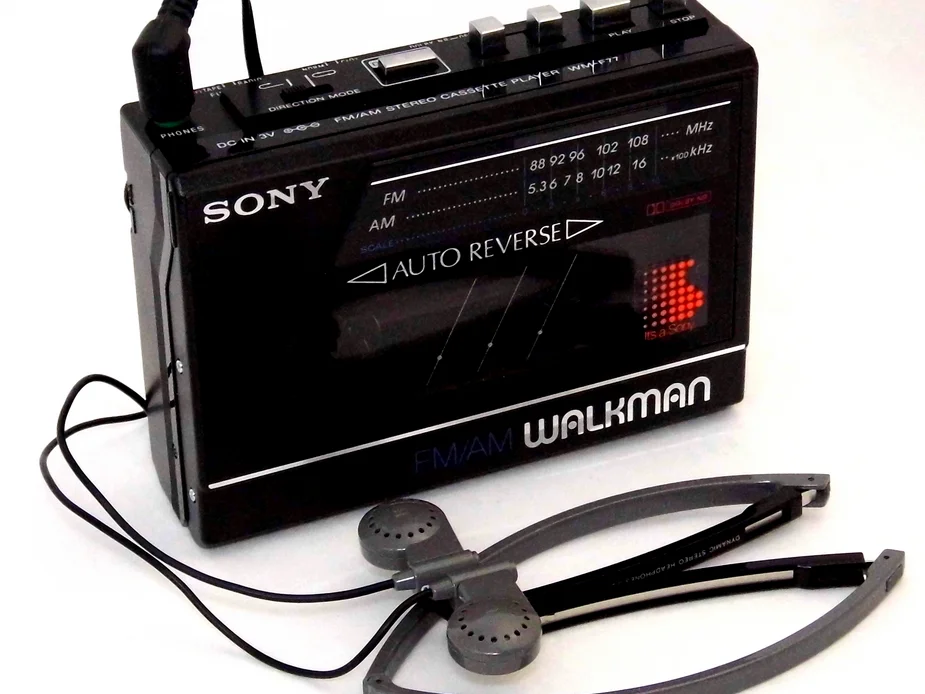
That yellow Sony Walkman wasn’t just a portable music player – it was a golden ticket to coolness that cost more than some families spent on groceries in a week. The kid who brought one to school was instantly surrounded by classmates begging for a turn with those iconic orange foam headphones. You could tell it was the real deal because it had that unmistakable Sony logo and the buttons made that satisfying click when pressed.
The knockoff versions from the drugstore just didn’t cut it, with their flimsy construction and tinny sound quality. But that genuine Walkman? It was built like a tank and sounded like a professional recording studio. The lucky owner would strut through the hallways with their headphones on, probably listening to Duran Duran or Madonna, while the rest of us pretended we weren’t green with envy.
2. Multiple Trapper Keepers (One for Each Subject)
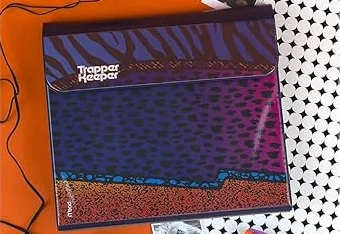
Most of us were lucky to have one beat-up Trapper Keeper that held all our papers in a crumpled mess. But the wealthy kids? They rolled up with a different Trapper Keeper for each subject, all perfectly organized with matching folders and dividers inside. These weren’t the basic models either – we’re talking about the deluxe versions with the fancy designs, maybe even the coveted holographic covers that changed pictures when you moved them.
The sound of multiple Velcro strips opening and closing became the soundtrack of privilege in homeroom. These kids never had to dig through a mountain of crumpled worksheets to find their math homework. Everything had its place, color-coded and pristine, making the rest of us look like we kept our school supplies in a tornado.
3. The Full Set of Garbage Pail Kids Cards
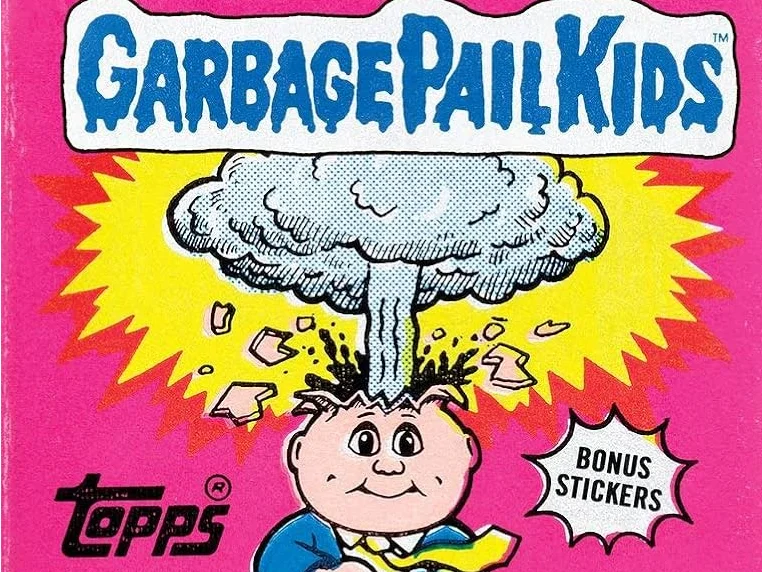
While most of us traded our allowance money for a pack or two of Garbage Pail Kids cards, hoping to score an Adam Bomb or Dead Ted, the rich kids showed up with complete sets in pristine condition. They had binders full of every single card, including all the rare variations and misprints that we’d only heard whispered about in legends. These weren’t cards that had been traded and handled until they were bent and faded – these were collector-quality specimens that probably never left their plastic sleeves.
The most maddening part was that they treated these treasures so casually, like it was no big deal to own every single disgusting, wonderful card in the entire series. They’d flip through their collections during lunch while we watched in awe, occasionally offering to trade us a common card for three of our rarest ones. Looking back, they probably got the whole set as a birthday gift while we were saving up our lunch money for weeks just to buy a single pack.
4. Brand New Converse All-Stars (Multiple Pairs)
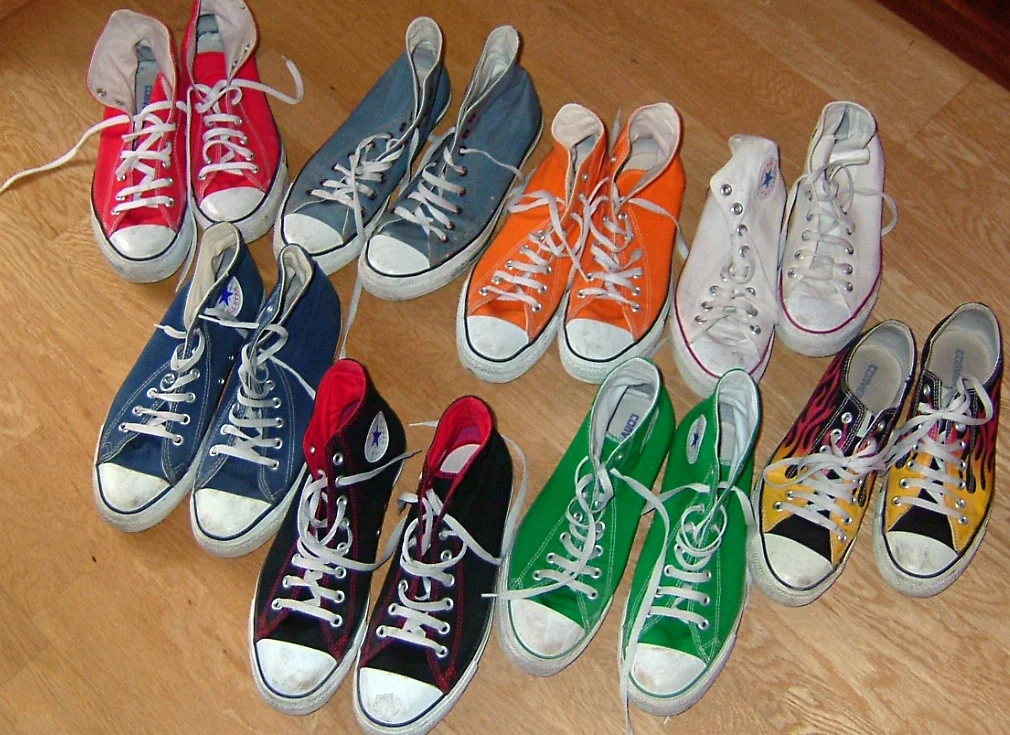
Converse Chuck Taylor All-Stars were the holy grail of footwear in the ’80s, but they weren’t exactly cheap. The kid who showed up wearing crisp, white high-tops with perfectly clean rubber soles was clearly from a different tax bracket than those of us rocking generic sneakers from Kmart. But it got even more obvious when they had multiple pairs – maybe red ones for gym class and black ones for regular school days.
These weren’t hand-me-downs or birthday gifts that had to last the entire school year. These were shoes that got replaced the moment they showed the slightest sign of wear, because apparently some families could afford to treat Converse like they were disposable. The rest of us learned to master the art of cleaning our one pair with a toothbrush and bleach, trying to make them last until the next school year.
5. The Deluxe Cabbage Patch Kid with Adoption Papers

Cabbage Patch Kids were the ultimate status symbol among elementary school kids, but there was a clear hierarchy even within this exclusive club. The basic dolls were expensive enough, but the rich kids showed up with the deluxe versions that came with multiple outfits, tiny accessories, and most importantly, those official adoption papers in a little plastic folder. These weren’t the mass-produced dolls you might find at Toys”R”Us – these were the special edition ones with unique names and birthdays.
While some of us were lucky enough to have parents who waited in those infamous lines or paid the inflated prices from scalpers, the wealthy kids seemed to effortlessly acquire multiple Cabbage Patch Kids like they were collecting trading cards. They’d bring different ones to school for show-and-tell, each with its own wardrobe and backstory. The casual way they treated these precious dolls – dolls that other kids would have sold their souls for – was both fascinating and infuriating.
6. The Speak & Spell Electronic Learning Game
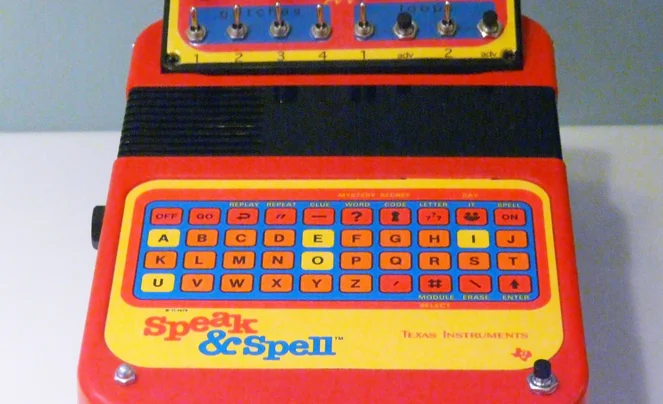
Texas Instruments’ Speak & Spell was like having a tiny computer that could talk, which in the early ’80s was basically magic. At nearly $50, it was way more expensive than most toys, and the robotic voice that spelled out words made it seem like something from the future. The kid who brought one to school was instantly the center of attention, with everyone taking turns trying to spell increasingly difficult words just to hear that distinctive electronic pronunciation.
What really drove home the wealth factor was when they’d casually mention having the Speak & Math and Speak & Read at home too, like collecting the entire series was no big deal. These weren’t impulse purchases from the checkout line at the grocery store – these were serious investments in a child’s education that most families simply couldn’t justify. But for some lucky kids, having the latest in educational technology was just another Tuesday.
7. A Members Only Jacket (In Multiple Colors)
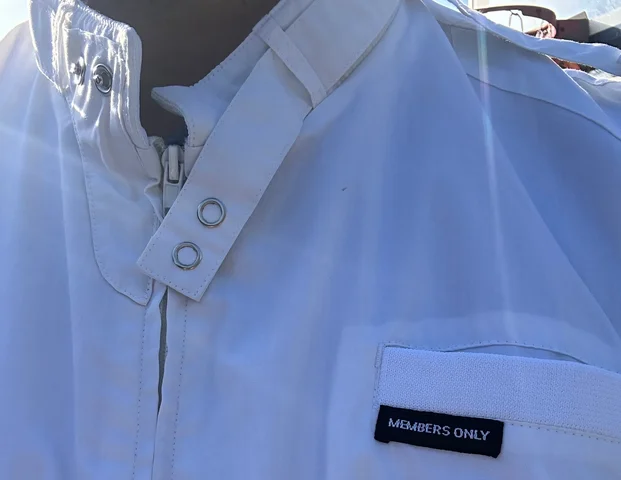
Members Only jackets were the epitome of ’80s cool, with their distinctive collar design and that little emblem that supposedly made you part of some exclusive club. At around $30-40 each, they weren’t exactly budget-friendly, especially when you consider that was about what most families spent on all their kids’ clothes for an entire season. The kid who wore one to school was making a statement, but the kid who had them in multiple colors? That was just showing off.
These jackets became a uniform for the privileged set, worn with the collar popped and an air of superiority that only came with wearing something that cost more than your teacher’s daily salary. The rest of us made do with our JCPenney windbreakers, secretly practicing that collar pop in the mirror and dreaming of the day we might join those exclusive “members.” The irony wasn’t lost on us that you had to pay to be a member of this particular club.
8. The Original Rubik’s Cube (Not a Knockoff)
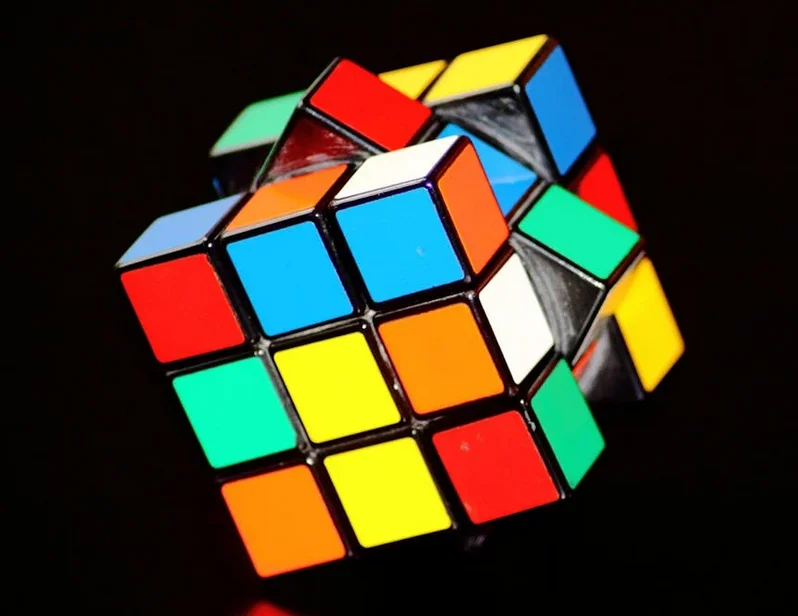
The Rubik’s Cube craze swept through schools like wildfire, but there was a significant difference between the genuine Hungarian-made cube and the cheaper imitations flooding the market. The real deal had that smooth, satisfying turn and the stickers that didn’t peel off after a week of frustrated twisting. Kids who showed up with the authentic version were immediately identifiable – their cubes moved like butter and had that distinctive logo, not to mention they probably came with the official solution booklet.
The knockoff versions from the corner store were stiff, loud, and frustrating to use, often falling apart after a few days of intense solving attempts. But that genuine Rubik’s Cube was built to last through thousands of combinations and the inevitable throws across the room when you couldn’t solve it. The rich kids didn’t just have the real thing – they often had the speed-solving lubricants and special techniques that came from having access to the official Rubik’s Cube community and publications.
9. A Real Leather Football or Baseball Glove
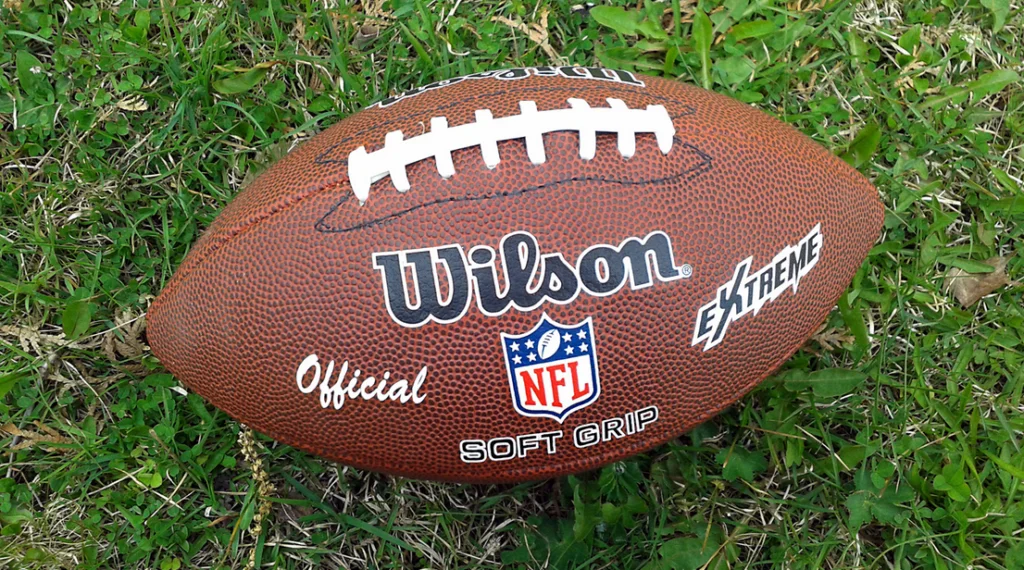
While most of us made do with synthetic leather sporting goods that fell apart after a season, the wealthy kids showed up with genuine leather equipment that looked like it belonged in the major leagues. Their footballs had that rich, brown leather smell and developed a beautiful patina with use, while ours looked like plastic and bounced weird. Their baseball gloves were works of art – carefully broken in, oiled, and maintained like precious heirlooms.
These weren’t sporting goods from the general merchandise section at Kmart. These were serious pieces of equipment from sporting goods stores, the kind that cost more than some families’ entire sports budget for all their kids combined. The rich kid’s glove would last for years, getting better with age, while the rest of us went through multiple cheap gloves each season as they cracked and fell apart.
10. The Atari 2600 with Multiple Game Cartridges
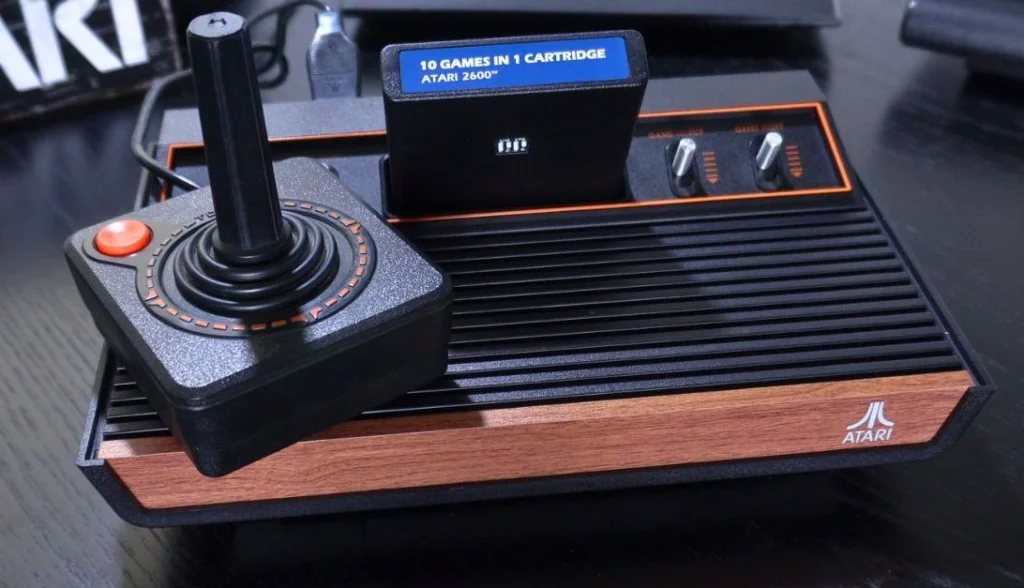
Having an Atari 2600 was impressive enough – the console itself cost around $200, which was serious money in the early ’80s. But the real indicator of wealth was the kid who had a dozen or more game cartridges, each one representing another $20-30 investment. While most Atari owners had maybe three or four games (probably Pac-Man, Combat, and whatever came with the system), the rich kids had entire collections that would make arcade owners jealous.
These weren’t kids who had to choose between Frogger and Pitfall for their birthday – they had both, plus Adventure, Superman, Yars’ Revenge, and probably some obscure titles the rest of us had never even heard of. They’d casually mention their latest acquisitions like they were discussing what they had for breakfast, completely oblivious to the fact that their game collection was worth more than most families’ monthly rent.
11. Designer Jeans (Jordache, Calvin Klein, or Gloria Vanderbilt)
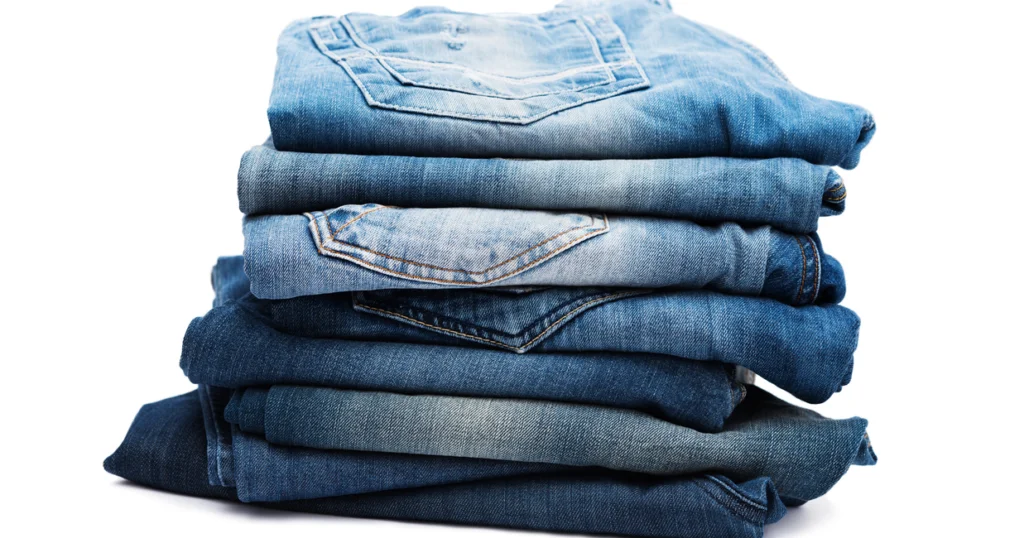
Regular jeans from Sears or JCPenney were perfectly functional, but they didn’t have that special something that came with a designer label stitched on the back pocket. Jordache, Calvin Klein, and Gloria Vanderbilt jeans cost two or three times as much as regular denim, but they transformed whoever wore them into a walking advertisement for affluence. The fit was supposedly better, the washing instructions more complex, and the status absolutely undeniable.
What really separated the haves from the have-nots was having multiple pairs of designer jeans, treating them like everyday wear instead of special occasion clothing. While most kids saved their one good pair for school pictures or important events, the wealthy kids rotated through their designer denim collection like it was a uniform. They’d discuss the subtle differences between brands while the rest of us nodded along, pretending we understood why anyone would pay $40 for pants.
12. A Deluxe Lunchbox with Matching Thermos
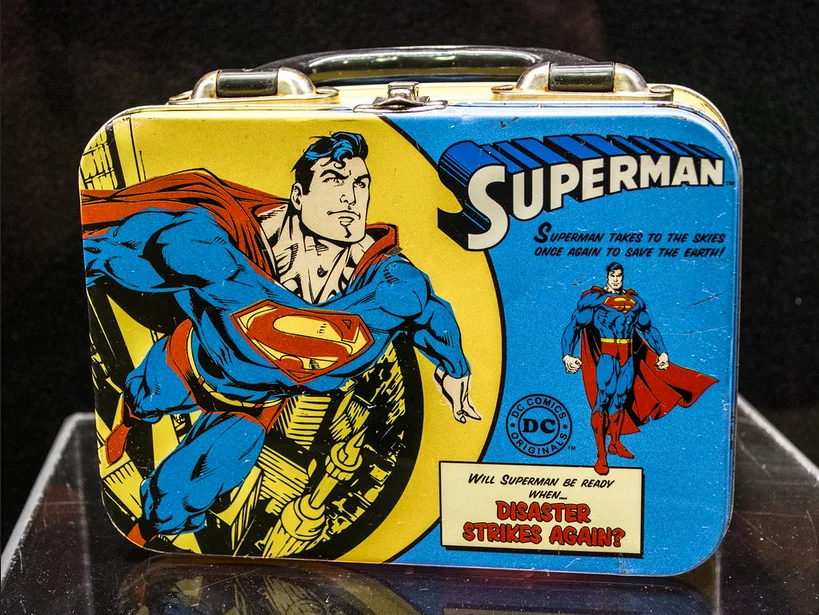
Metal lunchboxes were common enough, but there was a clear hierarchy based on which character or theme adorned the front. The basic ones featured generic designs or less popular characters, while the premium lunchboxes showcased the hottest properties like Star Wars, The Dukes of Hazzard, or The A-Team. But the real status symbol was having the matching thermos that perfectly complemented the lunchbox design, creating a coordinated set that probably cost more than some families spent on a week’s worth of actual lunches.
These weren’t lunchboxes that got dented and scratched from daily use – somehow, the wealthy kids managed to keep their lunchboxes looking pristine all year long, probably because they treated them more like fashion accessories than utilitarian containers. Inside, instead of generic sandwich bags and store-brand cookies, you’d find name-brand everything, perfectly organized and probably still warm from being prepared by someone other than themselves that morning.
13. A Full Set of Encyclopedia Britannica (Junior Version)

Before the internet, having a set of encyclopedias at home was the ultimate educational luxury, and the junior versions were specifically marketed to families who wanted to give their children every advantage. These weren’t cheap paperback reference books – we’re talking about full sets of hardcover volumes that cost hundreds of dollars and took up an entire bookshelf. The kid who casually mentioned looking something up in their encyclopedia set at home was clearly living in a different world than those of us who relied on the school library for all our research needs.
What made it even more obvious was when they’d bring one of the volumes to school for a report, treating these expensive reference books like they were disposable textbooks. The rest of us gathered around to marvel at the glossy pages, detailed illustrations, and comprehensive coverage of topics we’d never even thought to wonder about. These kids didn’t just have access to information – they had premium, professionally curated knowledge sitting on their bedroom bookshelves.
Those were the days when social hierarchies were simpler but no less real, measured in Velcro closures and electronic beeps rather than likes and shares. Looking back, it’s amazing how much we could deduce about someone’s family situation just from their school supplies and accessories. While some of us have grown up to become the parents buying the premium versions of everything, others still feel that little pang of recognition when we see a kid with the latest must-have item, remembering what it felt like to want something so desperately that it hurt.
This story 13 Times You Knew a Kid Had Money Just by What They Brought to School in the ’80s was first published on Takes Me Back.


